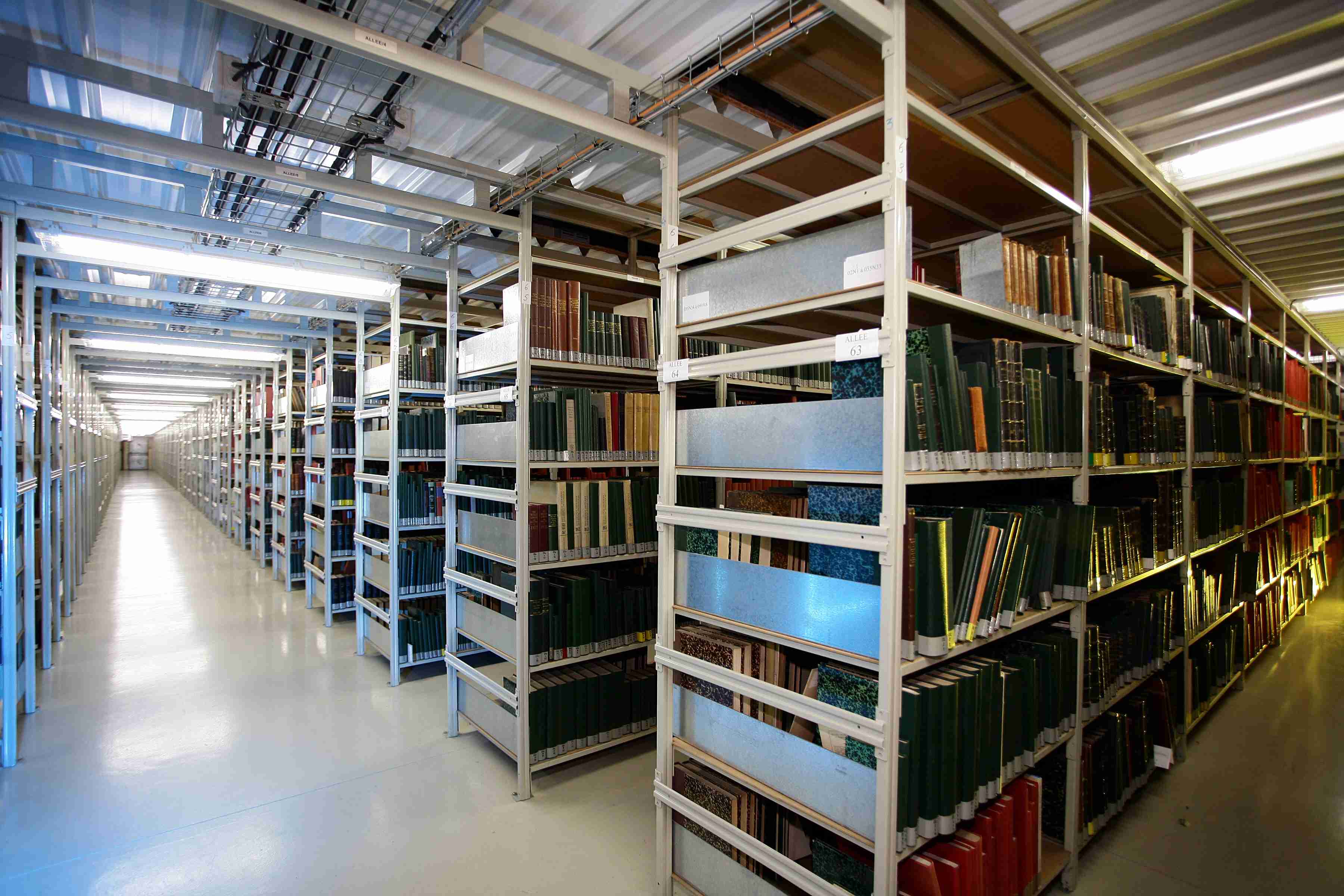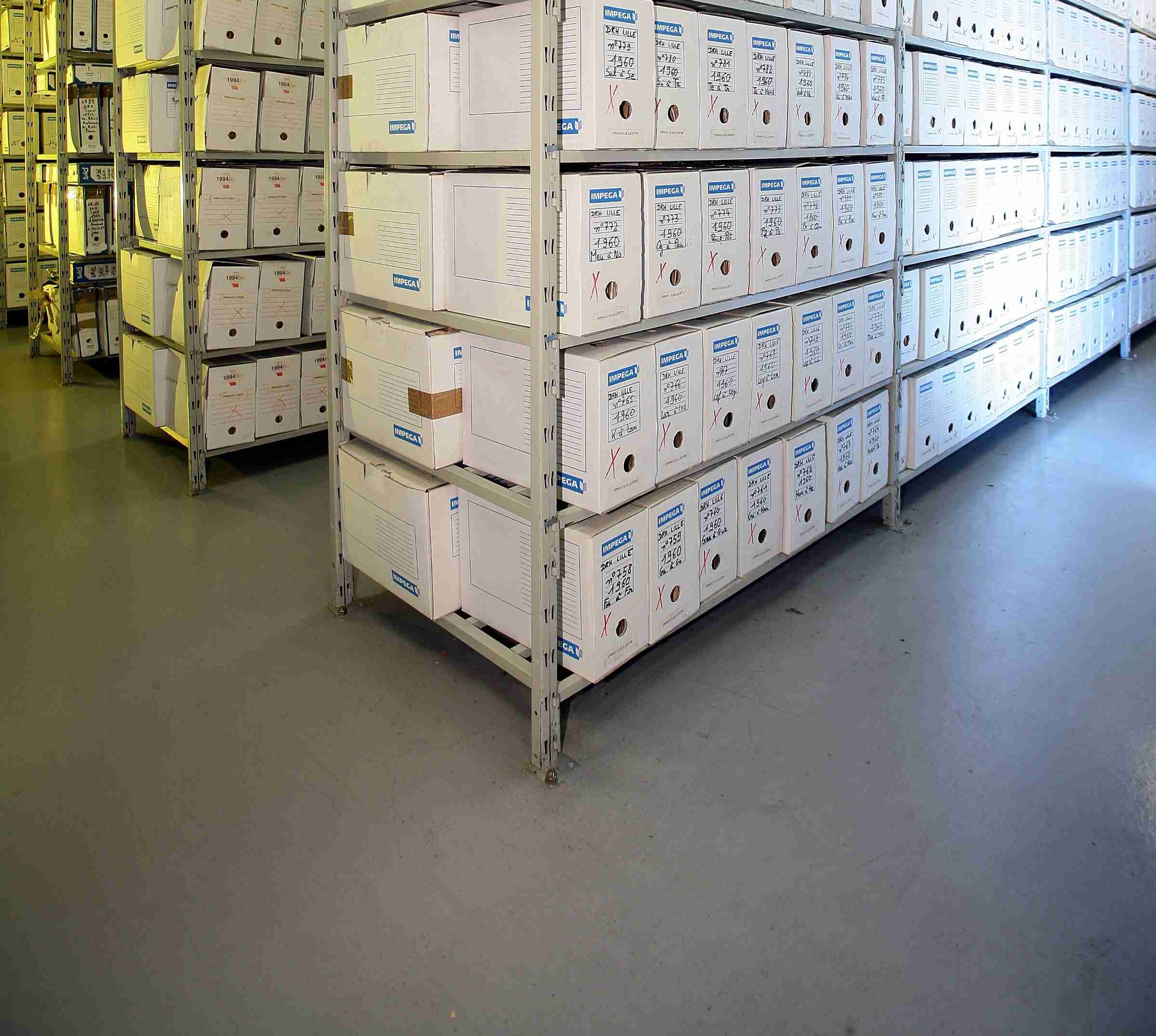The archives of the SNCF Group are accessible through our three entities:
The National Center for Historical Archives at Le Mans (CNAH):
It houses a collection of documents, posters, and objects that provide insights into technical aspects, operations, infrastructure, rolling stock, architecture, commercial activities, and advertising.
You can find the following there:
- Board of Directors files dating back to 1938
- Internal regulatory texts
- Archives from departments responsible for budgetary and financial matters, personnel policies, and commercial activities, along with a valuable collection of posters and tourist brochures
- Files from departments responsible for Equipment, Rolling Stock, and Transport, dating back to the era of the former railway companies
- Plans for rolling stock, stations, and engineering structures
- Nearly 1,600 serial publications, with issues spanning from 1842 to the present. These publications include internal magazines (Bulletin PLM, Le PO illustré, Notre Métier, Notre Trafic, etc.), union publications, numerous foreign-language journals, railroad history journals, and modeling magazines
- A photographic collection consisting of postcards, lithographs, photographs, and glass plates dating before 1945
- A significant number of railway-related objects, including 400 locomotive crests, regulator watches, old railway employee badges, costumes, and more.



